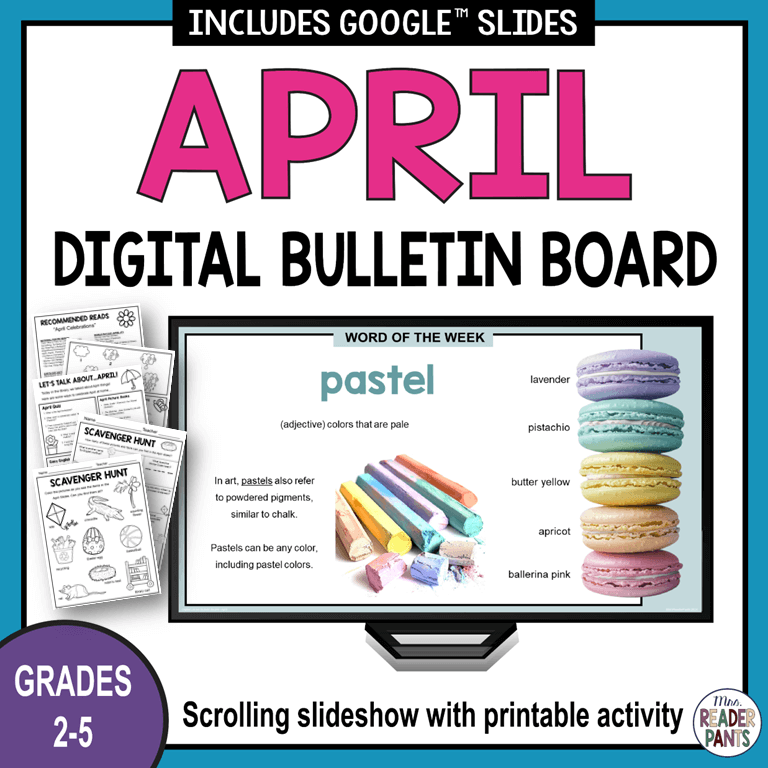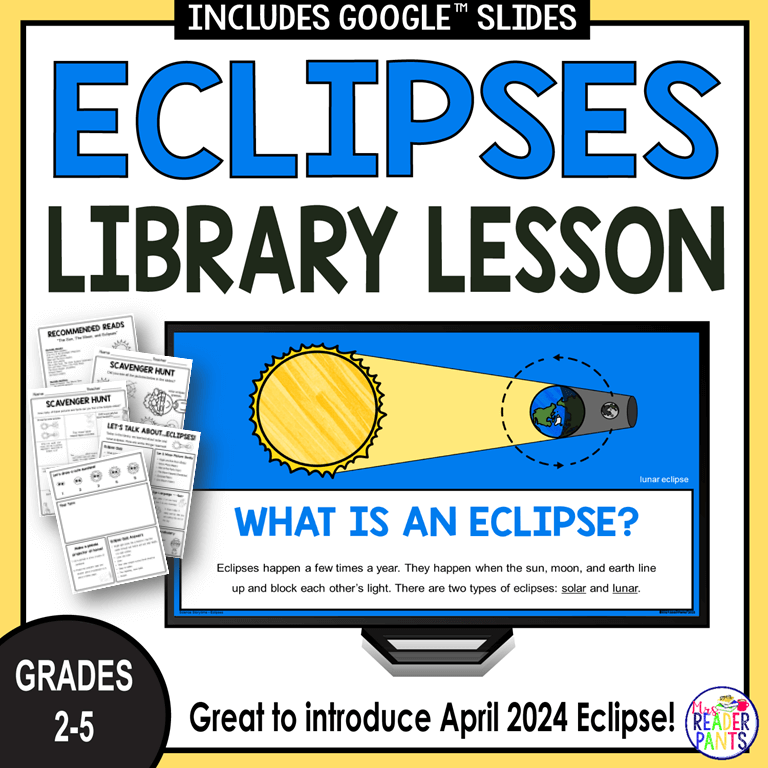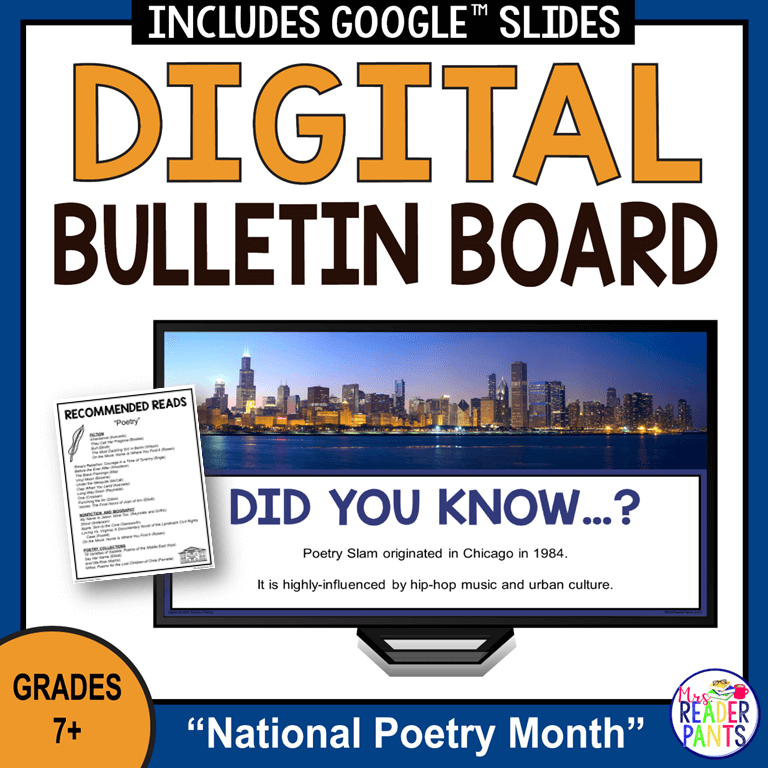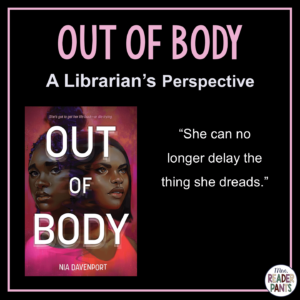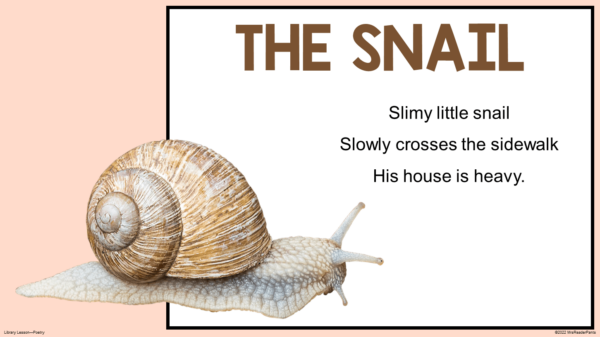
I have mentioned (once or twice!) how much I love teaching poetry! I love it at all grade levels, both as a classroom teacher and in the library. Along with Greek mythology, poetry is my favorite unit to teach!
When I was an elementary librarian, I hosted a haiku writing “contest” in the library. I don’t actually like calling it a contest because that makes it sound like it was a competition. In fact, I selected poems each week to feature. These were partly based on how well they were written, but I also chose students who I knew could use some recognition.
REQUIREMENTS OF SUBMITTED HAIKU
The haiku did have to follow the rules for haiku writing (5-7-5 syllable pattern, exactly three lines, 17 syllables total, nature-themed).
The haikus needed a title.
They did not have to be illustrated, but they could be. This did not affect whether they won though–I was focused more on the writing than on the presentation and artwork. I did post illustrated haikus in the library and just outside the doors.
STARTING OUT
I saw all my elementary students–780 students in Grades K-5–for 50 minutes each week on the specials rotation.
April is National Poetry Month. In the last library day of March, I introduced the haiku writing contest for Grades 2-5. Students would learn how to write haiku in library time the following week. Each week in April, we focused on different poetry forms. I introduced haiku, limerick, diamonte, and concrete poems (one per week in April). Haiku, however, got attention in our library lessons every week.
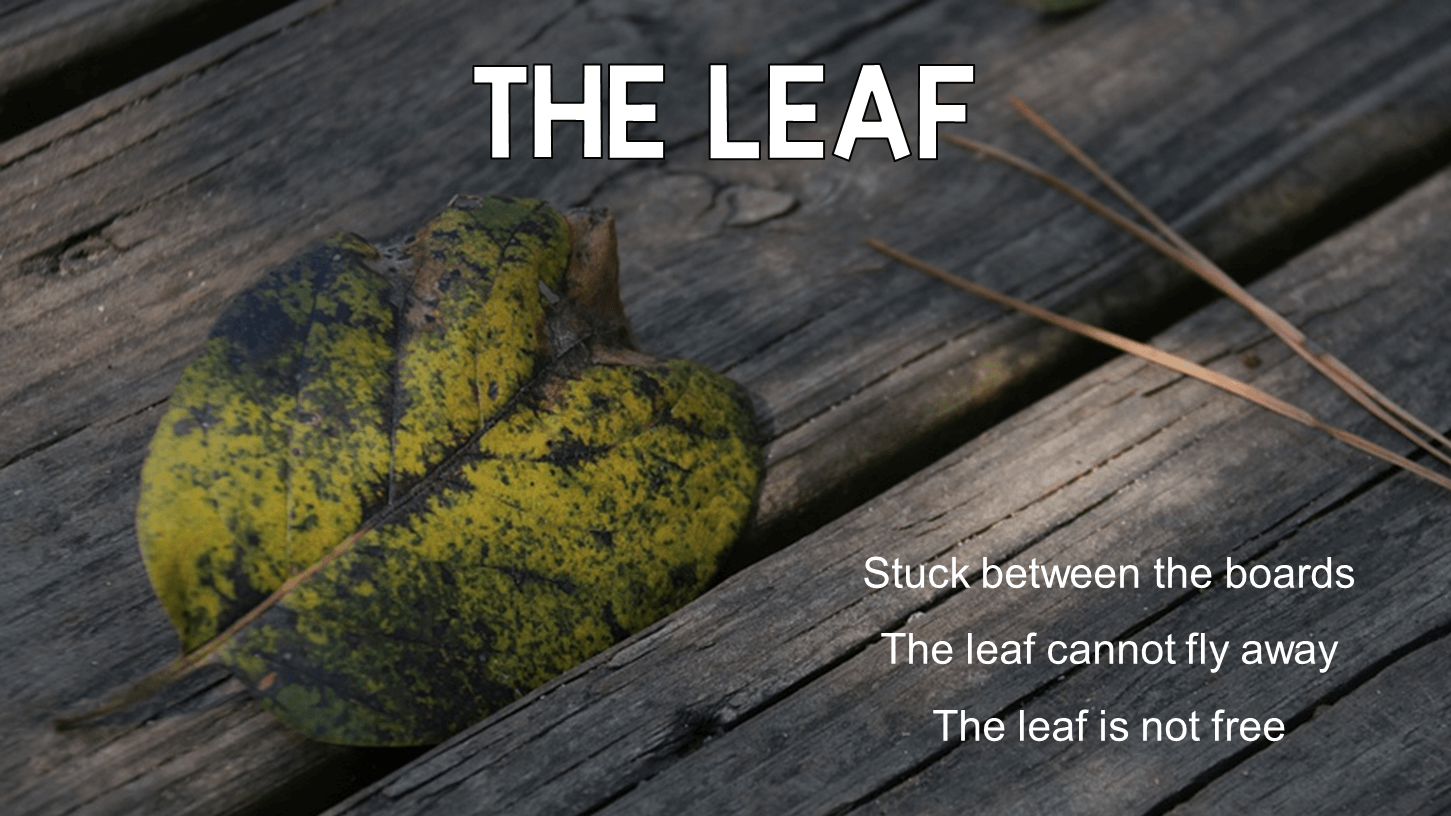
HOW THE HAIKU WRITING CONTEST WORKED IN MY ELEMENTARY LIBRARY
The concept of the haiku writing contest was simple: Students could submit a different original haiku each week. On Wednesday each week, I selected haikus to “win” for each grade level. I started out selecting three per grade level, but I ended up having many more than that simply due to the number of haikus submitted.
Three students per grade level were notified on Thursday, then on Friday, three of the students got to read their haiku on the microphone at our weekly school-wide assembly. At the assembly, I gave all the week’s winning haiku writers coupons for free ice cream in the cafeteria at lunch that afternoon. I selected the three reading-aloud students myself, but they were allowed to say no if they were nervous to talk on the microphone. I just picked someone else if a student didn’t want to read aloud. I wish we had time for everyone to read their haiku publicly, but that wasn’t possible. Everyone whose haiku was selected for the week still got ice cream!
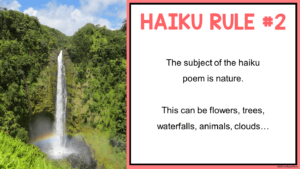
TEACHING HAIKU POETRY
After explaining the haiku writing contest in the last week of March, I taught students haiku in the first library day of April. They had lots of opportunity to write haikus in library time, or they could write them on their own. Each week in April, we also wrote 2-3 haikus together as a group during library time. This was important because syllables aren’t easy for everyone, and students got more and more confident with it each week. Writing as a group gave students plenty of (very necessary) practice counting syllables.
The great thing about practicing and promoting haiku every week was that my number of entries increased each week. In the first week, I got maybe 20 entries, but by the last week of the 4-week haiku writing contest, I had so many entries that the specials team (PE, music, and art teachers) had to help me go through them all. Though we still only had time to feature three haiku readers at assembly, we gave out a lot more than twelve ice cream coupons.

TIPS FOR TEACHING SYLLABIFICATION (WHAT A FUN WORD!)
I’ve already mentioned teaching syllable counting, and I’m going to mention it again. You must teach syllable counting! So many students struggle with counting syllables. If they don’t understand this, they won’t write proper haikus.
How to do this? One word: Percussion!
Ask your music teacher if you can borrow some small percussion instruments. My music teacher gave me a whole box of triangles, castanets, some kind of wooden tube they hit with a mallet, maracas, hand drums, colorful sticks, tambourines… wear ear plugs if you have to!
If you can’t do percussion instruments, have students use their bodies! They can stomp, jump, march in place, clap, tick-tock their hips, blink their eyes, click their tongues–trust me, the students can come up with many more!
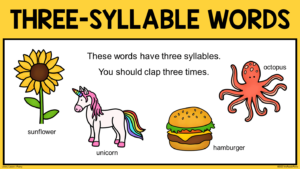
WHAT I’D DO DIFFERENTLY
I only did this for one year. I ended up moving out of elementary and into a middle school library. I tried to do the haiku writing contest my first year there, but as I only saw students every two weeks–if I was lucky–I just didn’t have time to really teach haiku and promote the contest. It sort of just fizzled out.
I would definitely do the haiku writing contest again for elementary though! If I were to do a haiku contest again, I would:
- Allow teachers to submit haikus and read them at the assemblies! Prizes, too!
- Publish the students’ work on school social media. This wasn’t really a thing when I was an elementary librarian.
- I’d probably eliminate Grade 2 from the haiku writing contest, making it Grades 3-5 only. Second graders struggled most with the syllables, and though we got many entries from second graders, at least half of them did not fit the syllabification rules of haiku writing.
- Talk to the yearbook sponsor and see if we could publish some haikus in the yearbook.
- I would create an entry form. Some of the entries were just on scratch paper, and some didn’t have the students’ names. I allowed the scratch paper for that year, but the different sizes made it easy for some to get lost in the shuffle.
NEED A STARTING POINT?
To celebrate National Poetry Month, I will be posting several new poetry resources for all grade levels over the next few weeks. Here are a few that might help. All the images in this post came from the Haiku Writing + Poetry Digital Library Lesson for Grades 3-6 (the red one below):
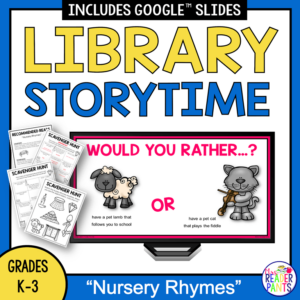


WANT TO TAKE YOUR HAIKU WRITING CONTEST TO THE NEXT LEVEL?
- The Golden Haiku Poetry Contest is now open to all ages! Submit your students’ original haiku writing for the chance to win prizes!
- The World Children’s Haiku Contest is open to students age 15 and under. You can read the submission guidelines and see previous winners here.
- Need some more haiku samples for your students? The Haiku Society of America publishes the previous winners for the American Haiku Award each year. If you are teaching haiku with Grades 7-12, they can also enter to win starting in June each year. Read the guidelines for submission and exact submission dates.

